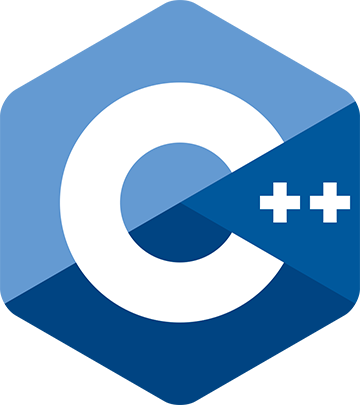Stupid std::tuple tricks: Creating interesting index sequences--Raymond Chen
The series continue.
Stupid std::tuple tricks: Creating interesting index sequences
by Raymond Chen
From the article:
We saw last time that manipulating tuples boils down to the index_sequence. The problem is that the C++ standard library doesn’t provide very much in the way of helpers to manipulate these index sequences...

 All you need to know;
All you need to know; Getting up to date.
Getting up to date.